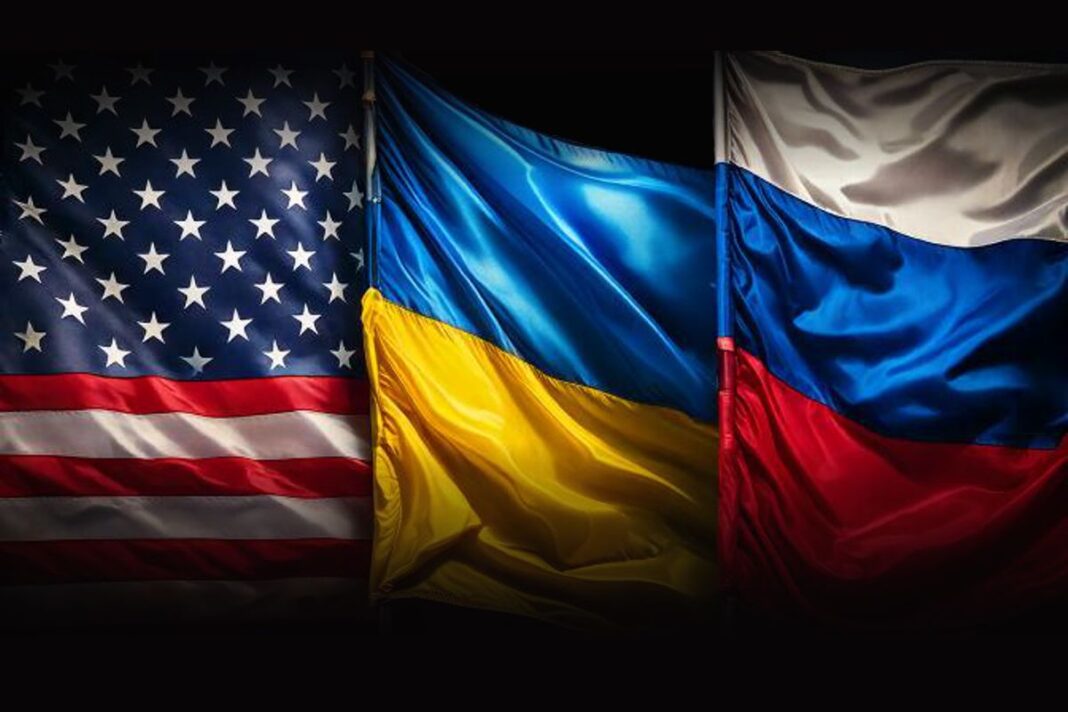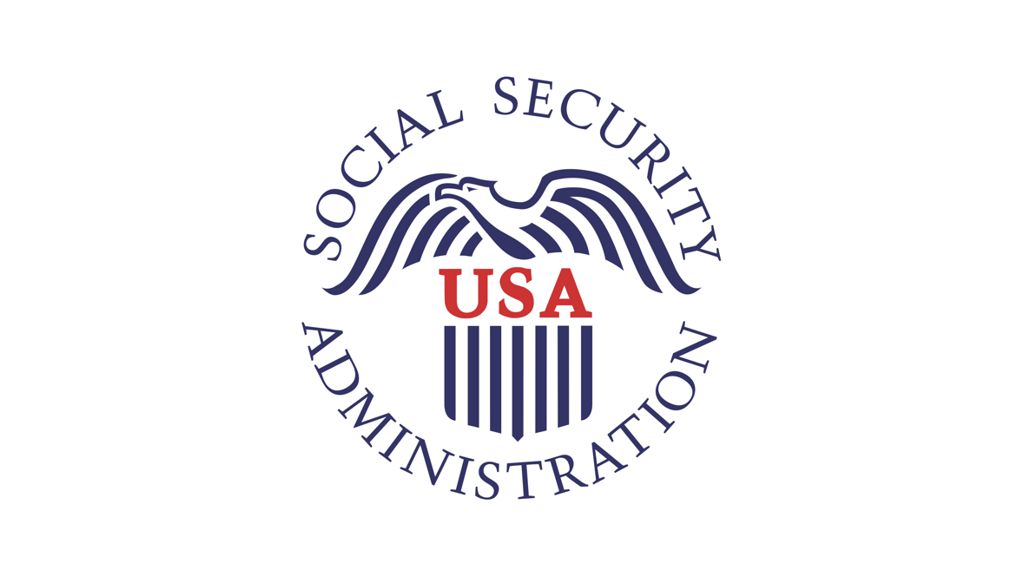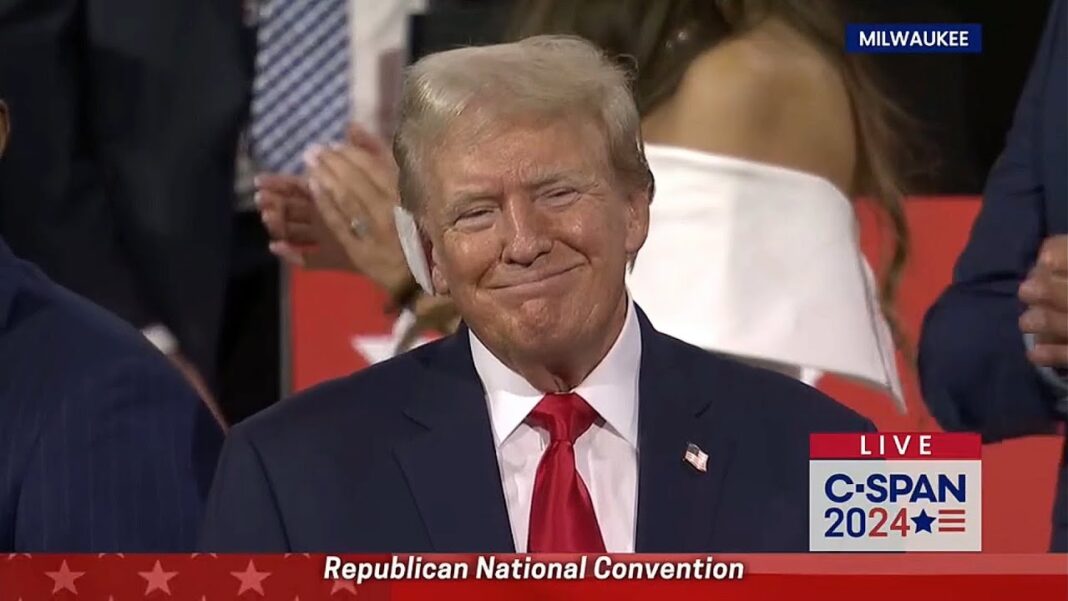Western security guarantees for Ukraine are one of the main issues delaying a political resolution to the conflict. Russia launched its special operation (SMO) primarily in response to NATO-emanating threats from Ukraine. It would therefore be a significant concession for Russia to agree to some level of those threats, perhaps even in some more intense forms than pre-SMO, remaining after the conflict ends. As it turns out, however, that’s precisely what Trump envisages per his own statements and recent reports:
* 18 August: “Ukraine offers Trump $100bn weapons deal to win security guarantees”
* 23 August: “Pentagon Has Quietly Blocked Ukraine’s Long-Range Missile Strikes on Russia”
* 25 August: “Trump says US has stopped bankrolling Ukraine”
* 25 August: “US won’t play key role in Ukraine’s security guarantees – Trump”
* 26 August: “US offers air and intelligence support to postwar force in Ukraine”
The corresponding takeaways are that: 1) Ukraine wants Trump to continue his new policy of indirectly arming it via new arms sales to NATO; 2) although Ukraine is no longer allowed by the US to strike universally recognized Russian territory, 3,350 Extended Range Attack Munition air-launched missiles were just approved per the aforesaid policy; 3) such deals represent his new approach to the conflict; 4) he’s reluctant to get any more deeply involved; but 5) the US could still aid EU forces in Ukraine.
From Russia’s official perspective, which might speculatively not reflect its actual one behind closed doors: 1) the continued flow of any NATO arms into Ukraine is unacceptable; 2) it’s even worse if they’re modern offensive ones (the Javelins and Stingers from pre-SMO were already bad enough); 3) Trump’s pride in his new policy makes it unlikely that he’ll change course; 4) it’s praiseworthy though that he doesn’t want to get more deeply involved; but 5) any Western forces in Ukraine remain unacceptable.
Accordingly, the apples of discord are the continued flow of modern offensive arms to Ukraine and the US’ flirtation with backing EU troops there, which the earlier cited report claimed could deploy some distance from the front behind NATO-trained Ukrainian troops and neutral countries’ peacekeepers. US backing could reportedly take the form of intelligence, surveillance, and reconnaissance; command and control; more air defenses; and aircraft, logistics, and radar supporting an EU-enforced no-fly zone.
The abovementioned scenario would intensify NATO-emanating threats from Ukraine. It would be a more formidable adversary than in the pre-SMO era and this time have the direct backing of some NATO countries’ troops on its territory even if the US doesn’t officially provide Article 5 protection to them. The risk of a hot NATO-Russian war breaking out either by the bloc’s design or Ukraine manipulating them into it through future provocations would thus be unprecedentedly high and remain an enduring threat.
Russia is therefore unlikely to agree to this even if the West coerces Ukraine into ceding all of the disputed regions, which is unlikely in any case, since that would amount to the nature of NATO-emanating threats in Ukraine being much worse than pre-SMO. At most, Russia might agree to modern offensive arms flowing into Ukraine and maybe Western troops west of the Dnieper, but only if everything east of the river is demilitarized and the US significantly decreases its forces in Europe.
The demilitarization proposal was first put forth in January here and would also entail this “Trans-Dnieper” region (TDR) being controlled by non-Western peacekeepers with only a token Ukraine presence such as local police forces. This arrangement aligns with the spirit of what’s now being considered per the previously cited report with regard to neutral countries’ peacekeepers patrolling the front, NATO-trained Ukrainian troops behind them, and then Western ones some distance back.
The differences though are that the TDR wouldn’t be demilitarized due to the presence of NATO-trained Ukrainian troops there and the EU would enforce a no-fly zone, whether over all of Ukraine or just west of the TDR. Russia might accept NATO-trained Ukrainian troops in the TDR if Kiev cedes all of the disputed regions, but a no-fly zone over there would likely remain unacceptable. A significant decrease in US forces in Europe, however, might make one west of the Dnieper more palatable for Russia.
To summarize, Trump’s interest in continuing his new policy of indirectly arming Ukraine via NATO and even aiding some of the bloc’s forces there could in theory be approved by Russia as part of a political solution, but only under very specific conditions. These are territorial cessions and a demilitarized TDR controlled by non-Western peacekeepers, while an EU-enforced no-fly zone west of the river might – in the highly unlikely scenario that it’s agreed to – require a significant decrease in US forces in Europe.
The problem though is that Trump has ramped up his rhetoric against Russia after the recent White House Summit on security guarantees with Zelensky and a handful of European leaders. This includes counterfactually slamming Biden for not authorizing Ukrainian attacks inside of Russia’s universally recognized territory and threatening economic war with Russia if Putin doesn’t compromise. Trump might thus try to make Putin’s worst-case scenario a fait accompli as explained in this analytical series:
* 16 August: “What’s Standing In The Way Of A Grand Compromise On Ukraine?”
* 21 August: “Which Western Security Guarantees For Ukraine Might Be Acceptable To Putin?”
* 22 August: “Direct NATO Intervention In Ukraine Might Soon Dangerously Turn Into A Fait Accompli”
The EU, Zelensky, and US warmongers like Lindsey Graham would prefer for Trump to either make unacceptable demands of Putin that sabotage the peace process, which can then be spun to justify Western escalation, or dangerously force him into this fait accompli. Judging from Trump’s words thus far and recent reports, he’s pushing his luck with Putin; who’s open to compromises, not concessions, let alone significant security ones. If this approach doesn’t change, then a serious escalation is expected.








